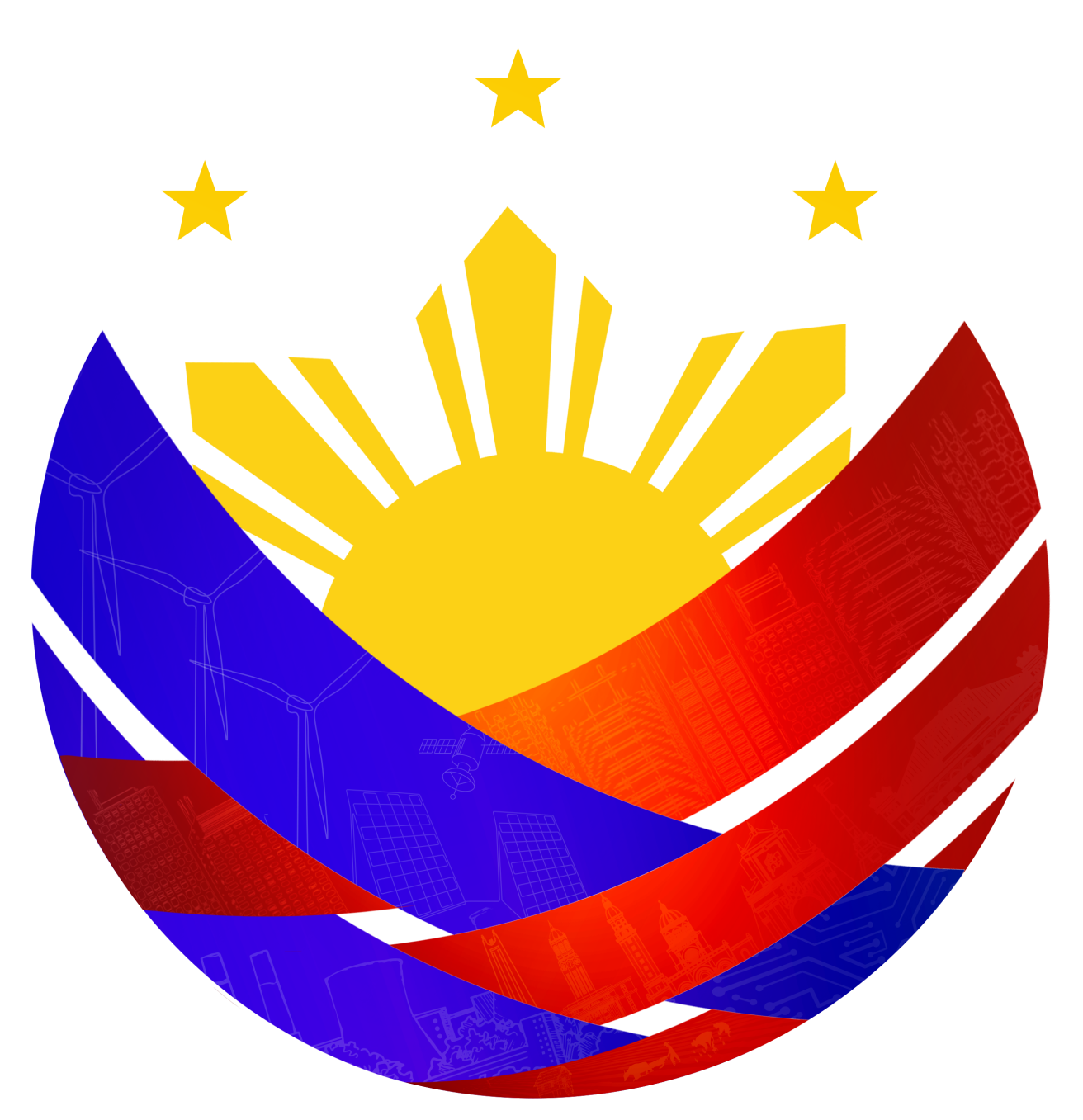
Province of Bohol
Bohol is a province of the Philippines located in the Central Visayas Region (Region VII) of the Visayas. The province covers roughly 4,772.52 square kilometers and is composed of 47 municipalities, 1 component city, and a total of 1,109 barangays. The capital of the province is Tagbilaran City, which also serves as the regional center of Central Visayas. The name Bohol is believed to be derived from the term 'bohol,' meaning 'hole,' referring to the numerous caves and caverns found on the island.
History
Bohol, an island province in the Central Visayas of the Philippines, has a history that dates back to prehistoric times. Its earliest known inhabitants were pygmies around 15,000 BC, followed by maritime Indo-Malay migrants around 3000 BC. Archaeological evidence suggests early trade with China. In 1565, Spanish explorer Miguel López de Legazpi arrived and forged the famous Sandugo (Blood Compact) with Datu Sikatuna, marking the first treaty of friendship between Filipinos and Spaniards. The province experienced several revolts against Spanish rule, including the Tamblot Uprising in 1621 led by a native priest and the Dagohoy Rebellion from 1744 to 1829, the longest in Philippine history. Bohol was formally separated from Cebu in 1854 as a distinct politico-military province, with Guillermo Kirkpatrick as its first governor. During the American colonial period (1898–1946), Bohol was among the last major islands to be invaded, with local forces initially resisting before eventual occupation. It was officially established as a province in 1917 under Act 2711. After Philippine independence in 1946, Bohol became known for its rich cultural and natural heritage, including Spanish-era churches like the Loon Church and the iconic Chocolate Hills, a unique formation of over 1,700 conical hills. Today, the province thrives as a major tourist destination, celebrated for its history, restored heritage sites, and natural beauty.